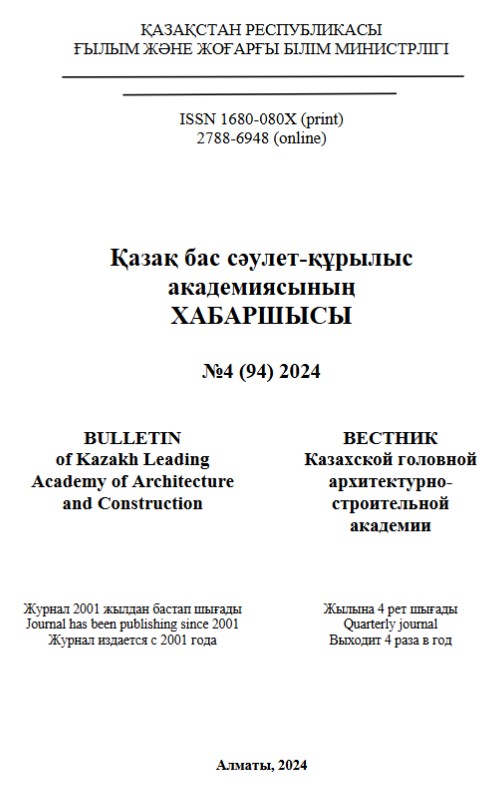Abstract
The authors investigated urban planning challenges in Astana by examining design documents, conducting a field survey of the territory, and conducting a sociological survey. Based on the analysis of the data obtained, four distinct groups of problems have been identified: those related to urban planning, which are linked to the growth of the urban population and the development of transportation infrastructure; those resulting from deviations from regulations and the use of unreasonably standardized coefficients in local design; those related to scientific and technical issues, which arise from the optimization of construction and installation work and lead to uncomfortable conditions; and environmental problems that arise from the reduction of green spaces. All identified problems affect the level of social comfort in the living environment. An analysis of the emergence of these problems reveals a weakness in urban design. In a detailed planning project, architectural schematicity and instability lead to the fact that individual infill developments can edit primary urban planning decisions according to the number of floors, configuration of the residential complex, functional affiliation of the site, development of transport schemes, etc. Consequently, recommendations have been put forth to forego infill development and instead prioritize neighborhood development and the necessity of establishing local planning authorities.

